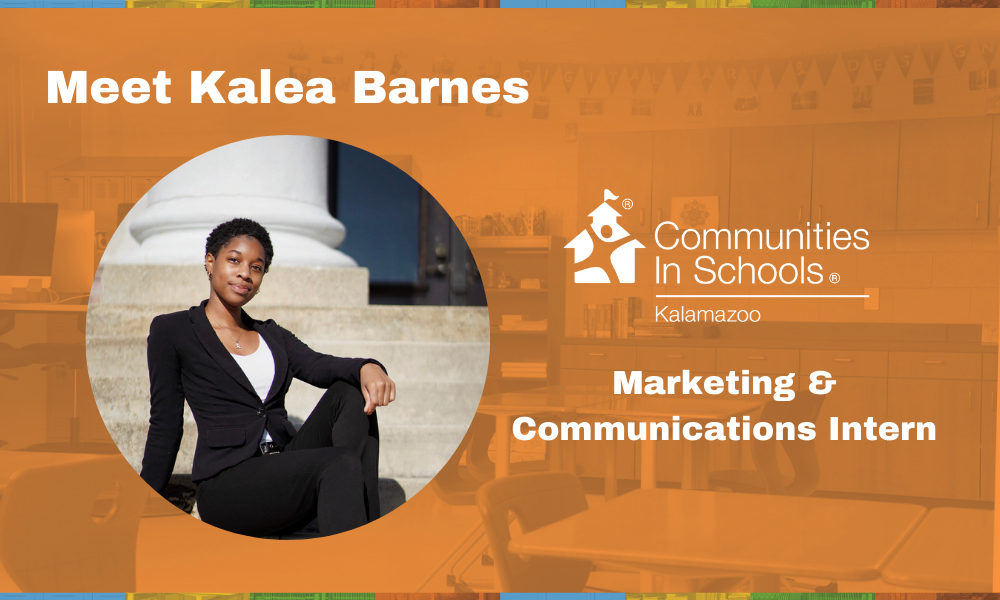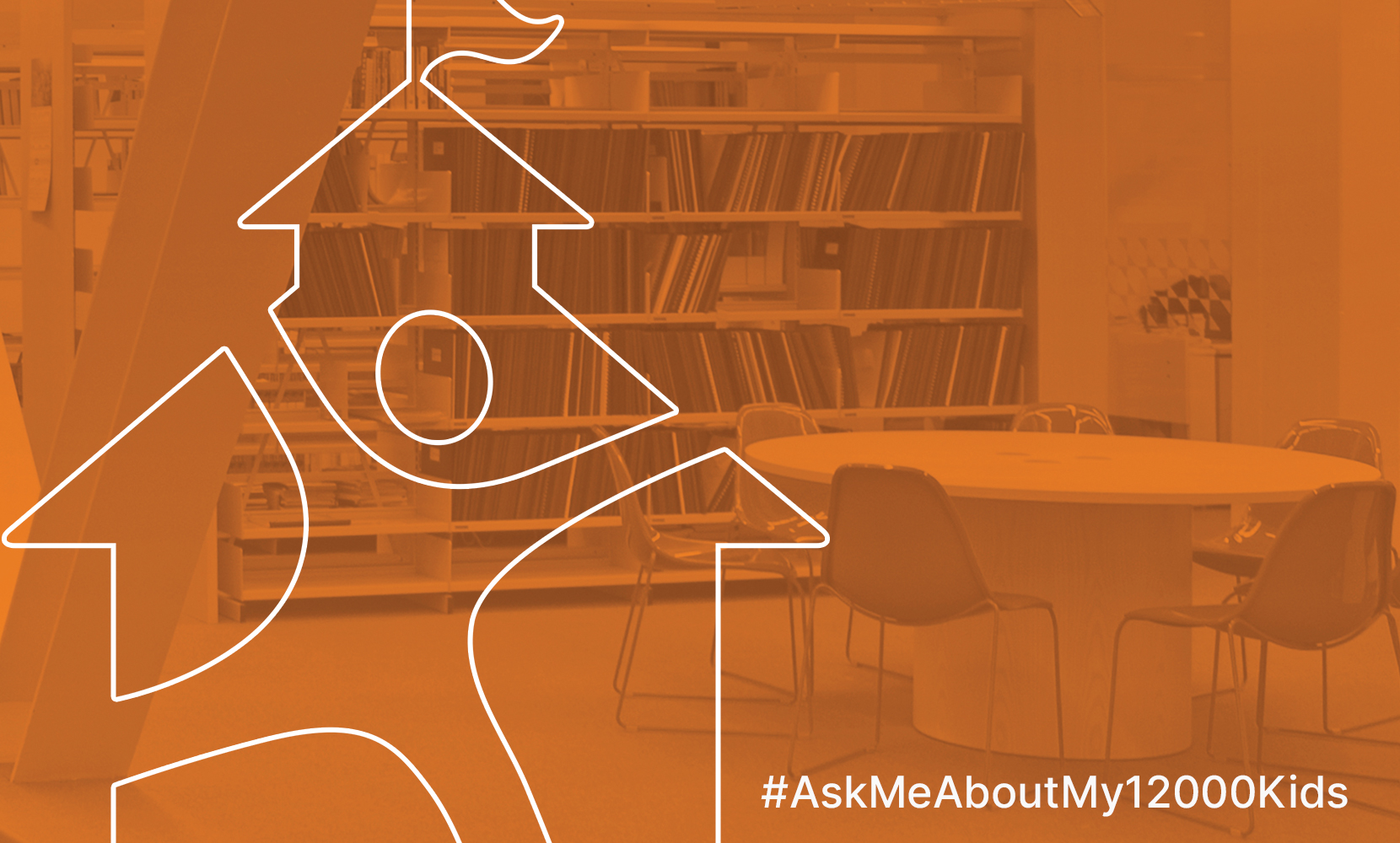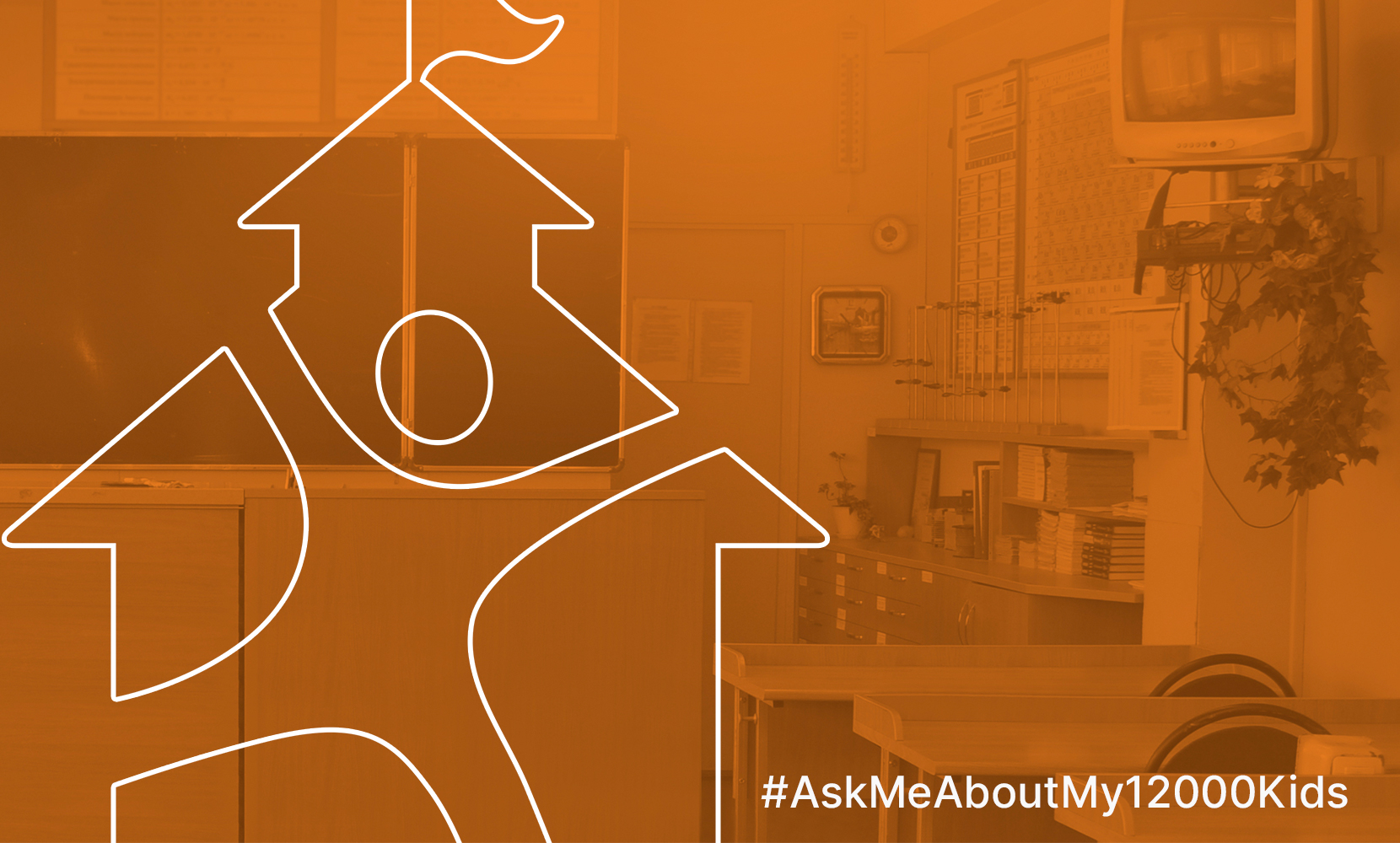As an educational leader, Dan Cardinali, President of Communities In Schools, Inc.,regularly lends his voice to the national dialogue on education reform. In a recent visit to Kalamazoo, Dan was deeply moved by how the Kalamazoo community comes together to support the public schools. He shared his thoughts with the nation in a recent post that ran in the Impact section of the Huffington Post under the title “Bridging the False Dichotomy Between Poverty and Education Reform.” Julie Mack also wrote about Dan’s post in the Kalamazoo Gazette. Here now, in Dan’s own words…
 Recently I attended two days of meetings in Kalamazoo, Michigan that gave me a new sense of optimism for the future of our public schools and our neediest students.
Recently I attended two days of meetings in Kalamazoo, Michigan that gave me a new sense of optimism for the future of our public schools and our neediest students.
It was another reminder to me that school reform is a wonderfully hopeful and iterative process, despite the political and rhetorical flare-ups it may inspire at times. While impatience can set in, given the urgency that passionate reformers feel about improving public education for all students, what I saw in Kalamazoo convinced me that we are moving into a powerful reconciliation of historically dueling camps.
On my first day, I attended a luncheon where an extraordinarily diverse group of nonprofit leaders was exploring ways they could support the city’s public schools. The local food bank was there, along with housing advocates, mental health experts — even the Kalamazoo Symphony. All of these overworked, underfunded folks were looking beyond their traditional turf to discuss how they could partner with Kalamazoo Public Schools to provide the necessary supports so that all students’ basic needs are met, and high quality youth development opportunities are available regardless of a family’s economic means.
On day two, I attended a national conference for communities looking to emulate the Kalamazoo Promise, an innovative program that pays up to 100 percent of in-state tuition for any student who graduates from Kalamazoo Public Schools. The Promise was launched by anonymous donors who believed that public education could drive economic development for the entire city, and eight years later, the numbers are proving them right.
 Since the Promise began, an estimated 95 percent of high school graduates inKalamazoohave enrolled in at least one semester of college, and nearly 900 have attained some type of higher education credential. Public school enrollment has jumped, test scores are up and suburban families are moving back into the urban core, bringing much needed tax dollars with them.
Since the Promise began, an estimated 95 percent of high school graduates inKalamazoohave enrolled in at least one semester of college, and nearly 900 have attained some type of higher education credential. Public school enrollment has jumped, test scores are up and suburban families are moving back into the urban core, bringing much needed tax dollars with them.
You’ve probably noticed by now the unifying theme in my visit toKalamazoo. What’s tremendously encouraging to me is the way that the entire community is coming together in support of the public schools. InKalamazoo, public education is everyone’s business. The silos that separate schools, businesses and civic organizations are coming down as everyone accepts a shared responsibility to prepare young people for a successful, productive life.
In other words, Kalamazoo is re-forming its sense of community, not just reforming its schools.
I think the importance of that distinction would be difficult to overstate. For too long now, the school reform movement has been dominated by a false dichotomy. On one side we have the “no-excuses crowd” — well-meaning, social entrepreneurs who believe that disruptive innovation can and should drive the larger public education establishment to change. By reforming school-based factors such as teacher quality, district and school management practices, student and teacher accountability systems, or content and delivery of curriculum, the no-excuses crowd believes that schools can be fixed from the inside out, independent of the socioeconomic context in which they operate.
On the other side, we have many education leaders and practitioners making a different kind of argument: While agreeing that schools must be held accountable for driving academic results for all students, they point out that the trauma of poverty is making those results harder and harder to achieve. Research is increasingly demonstrating that the stresses of poverty — homelessness, food insecurity, family breakdown and so forth — can accumulate over time, damaging students’ ability to learn. In other words, no matter how extraordinary the teacher, principal or curriculum, students living in chronic poverty are fundamentally compromised in their ability to take full advantage of the investments being made on their behalf.
 What I’m beginning to see all across the country is that this latter view is gaining currency, even as internal reforms continue. In Kalamazoo, Superintendent Michael Rice is working tirelessly to improve test scores and other educational outcomes with the hard-driving conviction of the no-excuses camp. At the same time, he is coordinating with a growing number of community groups that are stepping up to support students impaired by poverty. This determination to simultaneously attack problems from within and without is exactly what we need in the school reform movement.
What I’m beginning to see all across the country is that this latter view is gaining currency, even as internal reforms continue. In Kalamazoo, Superintendent Michael Rice is working tirelessly to improve test scores and other educational outcomes with the hard-driving conviction of the no-excuses camp. At the same time, he is coordinating with a growing number of community groups that are stepping up to support students impaired by poverty. This determination to simultaneously attack problems from within and without is exactly what we need in the school reform movement.
The great irony of the no-excuses approach is that it unintentionally excuses the broader community from taking responsibility, because all of the burden is placed on professional educators. Think about it: If a problem originates inside the classroom, then it’s a failure of the school, and “they” need to fix it. But if the problem begins in the broader community, suddenly the responsibility shifts, and the pronouns change. Now it’s our problem, a failure that we need to remedy.
When an entire community comes together to support its poorest kids and help them succeed in school, that’s evidence of a whole new mindset at work — one that accepts responsibility, not excuses. This doesn’t happen quickly, of course, and a shift in mindset is never easy or neat. That’s why we’re in a kind of interstitial place right now, reaching for a new model of shared responsibilities while still clinging to our old conceptions.
 We still don’t know exactly what the new models will look like, but there are some tremendously encouraging examples emerging in communities across the country:Say Yes to Education, Elev8, Diplomas Now, City Connects, Communities In Schools and the Cincinnati Public School System. Watching entire communities accept their responsibility under the social contract for bringing young people into adulthood is one of the most positive steps in school reform I’ve seen over the last ten years.
We still don’t know exactly what the new models will look like, but there are some tremendously encouraging examples emerging in communities across the country:Say Yes to Education, Elev8, Diplomas Now, City Connects, Communities In Schools and the Cincinnati Public School System. Watching entire communities accept their responsibility under the social contract for bringing young people into adulthood is one of the most positive steps in school reform I’ve seen over the last ten years.
In today’s world, education is an absolute requirement for securing middle class existence and having agency in one’s life. When we start with an understanding of public education as the sine quo non for a successful democracy, then it’s much easier to understand that this is something in which we all have a stake.
In the weeks to come, I plan to unpack these ideas a little more, looking at ways in which local leaders and provider networks can ease the transition to a broader understanding of the social contract and new model of shared responsibility in public education.
 But for now, I’d like to know what you think. Do you agree that public education is a community affair, or should reforms be focused inside the classroom? Do you live in a community with broad-based efforts similar to the ones in Kalamazoo? If so, what kind of success or failure have you seen? Please share your thoughts in the Comments section below.
But for now, I’d like to know what you think. Do you agree that public education is a community affair, or should reforms be focused inside the classroom? Do you live in a community with broad-based efforts similar to the ones in Kalamazoo? If so, what kind of success or failure have you seen? Please share your thoughts in the Comments section below.
You can join in this discussion by going to the Comments section within the Huffington Post or by commenting on this blog site. Want to read more posts by Dan? You can find a list of these here.
Tags: Communities In Schools, Dan Cardinali, Education Reform, Huffington Post, Julie Mack, Kalamazoo, Kalamazoo Promise, Kalamazoo Public Schools, Kalamazoo Symphony Orchestra, poverty and education, Superintendent Michael Rice




